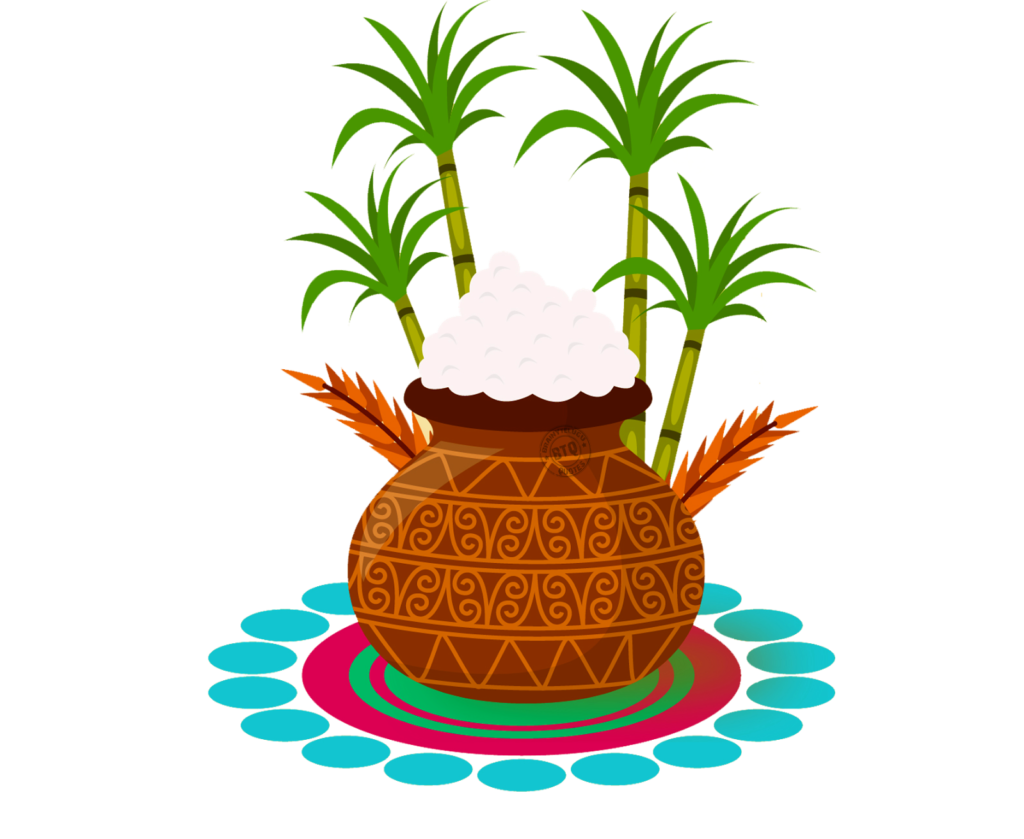Makara Sankranti is one of the biggest festivals celebrated by the Indians Sankranti – Four Sankrantis are Main The sun changes from one zodiac sign to another zodiac sign once every 30 days. The time at which the sun changes the zodiac sign is called ‘Sankramanam‘. The day on which sankramanam occurs is called ‘Sankranti’. Read More
Ads Blocker Detected!!!
We have detected that you are using extensions to block ads. Please support us by disabling these ads blocker.

